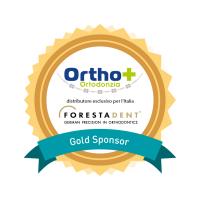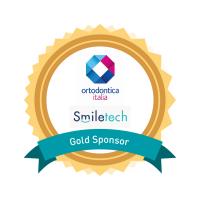Abstract
TADs in Young Patients, Do´s and Don´ts
by Wilmes Benedict
TADs may be useful in many situations in the orthodontic treatment. Currently, the alveolar process is still the most preferred insertion site. However, especially in children, the failure rate of buccally inserted TADs seems too high. Other regions, such as the anterior palate and the mental region provide much better conditions for a TAD insertion, since the amount and quality of the available bone is far superior even in children. Implant-supported appliances can be manufactured nowadays using CAD-CAM procedures without a physical impression or a printed model. The work flow consists of mini-implant insertion into the palate with or without a CAD-CAM insertion guide, digital design, direct 3-dimensional metal printing via laser melting, laser welding of additional expanders (if needed), insertion, and activation of the appliances. The clinical outcomes demonstrate that these procedures are an efficient and viable method for constructing implant-supported palatal metallic appliances.
Learning Objectives
After this lecture, you will be able to learn the problems that might occur in young patients using TADs
After this lecture, you will be able to identify optimal insertion sites for TADs in children
After this lecture, you will be able to learn new digital techniques for TAD usage in orthodontics












